Horses with no topline - an important topic
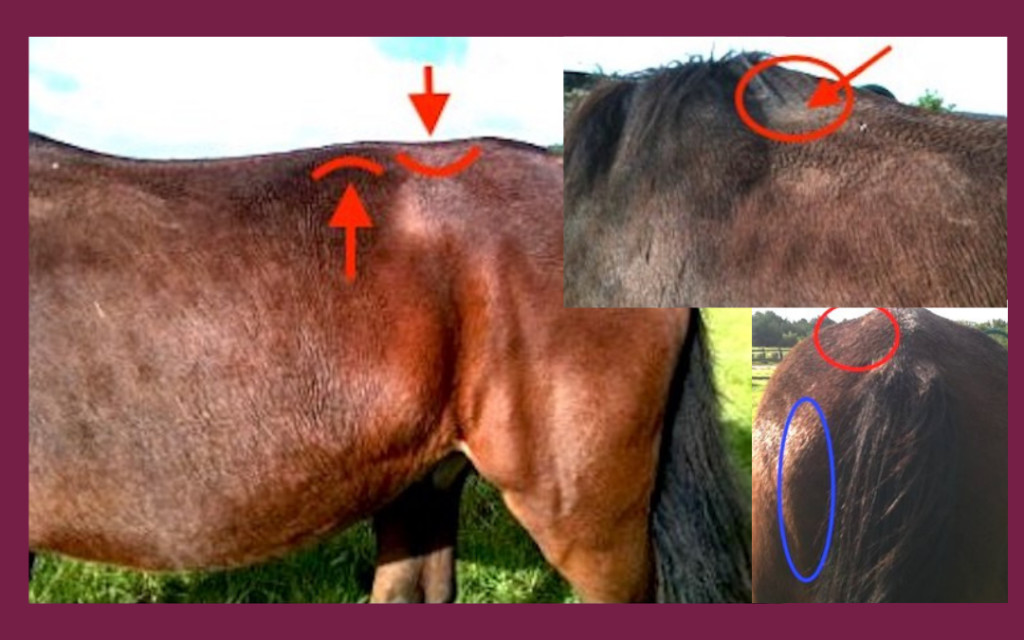
Topline Syndrome
Horses need to be prepared to carry riders. Otherwise riding can lead to mental or physical damage and pain for the horse. Carrying additional weight on its back, a horse needs to not only be mentally ready and mature, but also physically able to do so.
I see many horses in my clinics that are exhausted from carrying a rider. Often the owners sign up for the courses without noticing the conditions their horses are in. In this article about Topline Syndrome I am explaining how to recognize a horse that suffers from it.
Causes and symptomatology
A poorly ridden horse (for example due to strong, harsh usage of reins, the usage of auxiliary reins or an imbalanced rider), an unfitting saddle, a rider that is too heavy for the horse or any other reason why a horse cannot find biomechanically correct movements, can lead to the following symptoms:
- horse’s chest sags forward and down
- compressed vertebral joints
- overstretched or damaged longitudinal ligament of the vertebral body
- compressed nerve exit points
- muscles of hindquarter and croup pull to lift the back
- sagging back
- tense shoulder, chest or core muscles
The horse tries to lift its back with the help of “wrong” muscles to carry its rider.
A horse that remains in the state of carrying exhaustion for an extended amount of time, will show visible changes in its body:
- sunken thorax,
- muscle atrophy on both sides of the withers and
- muscle tension in haunches, possible bulging of lumbar spine (carp back)
A horse with Topline Syndrome suffers from strong muscle tenseness, cannot bend properly and lacks extensive movements. This can lead to blockages throughout the spine. Chances are high that it then develops signs of wear such as kissing spines, arthrosis, bone spavins, problems with tendons and so forth.
Recognisable changes in the muscles
The following pictures clearly show a lack of muscles on each side of the withers. Atrophied back muscles are most likely the reason for visible spinous processes along the spine. Well muscled horses do not show “holes” on either side of the withers (red border and red arrow). Furthermore, all spinous processes should be embedded in muscles (yellow border).

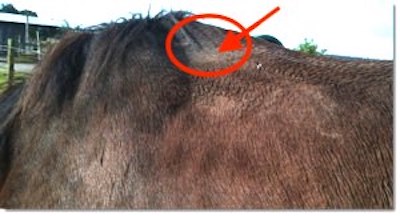
The following image shows the area that lacks muscles of the hind quarters.
The glutes are only weakly developed, or better said, atrophied. Instead, the ischial muscle can clearly be seen (blue area).
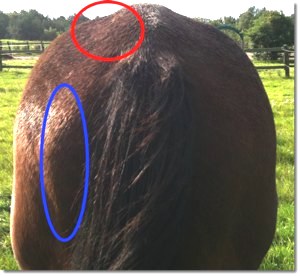
The horse’s topline drops behind the withers, bulges at the lumbar spine and drops again in the lumbosacral area (transition from lumbar spine to sacrum).
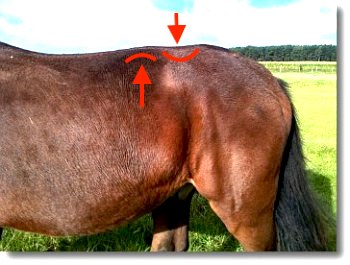
If you notice that type of development in your horse, it is crucial to find and eliminate all causes.
Check:
- the equipment (particularly the saddle!),
- the way a horse is ridden,
- horse husbandry,
- feeding,
- conditions of teeth, hooves, etc.
- and the type of training.
Reach out to a knowledgeable vet and/or physiotherapist and make sure your horse finds its way back to healthy movement.
I advise against riding a horse with Tookine Syndrome. Once the horse rebuilds all necessary muscles, it can be ridden without causing harm and pain.
If you have a horse with Topline Syndrome, I particularly recommend A Course in Lunging.
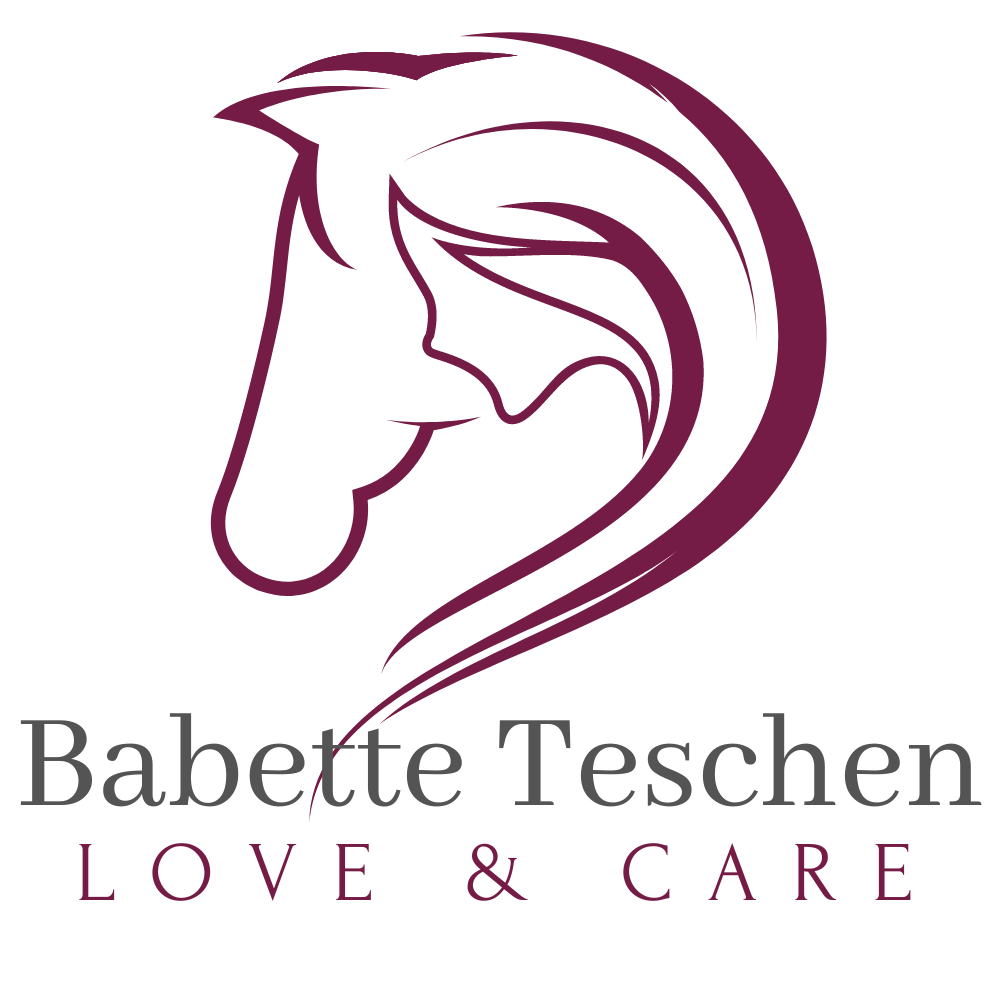
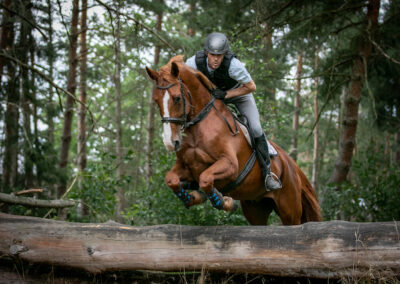
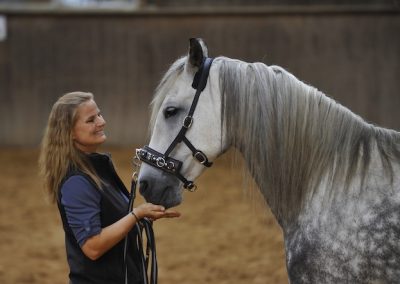
0 Comments